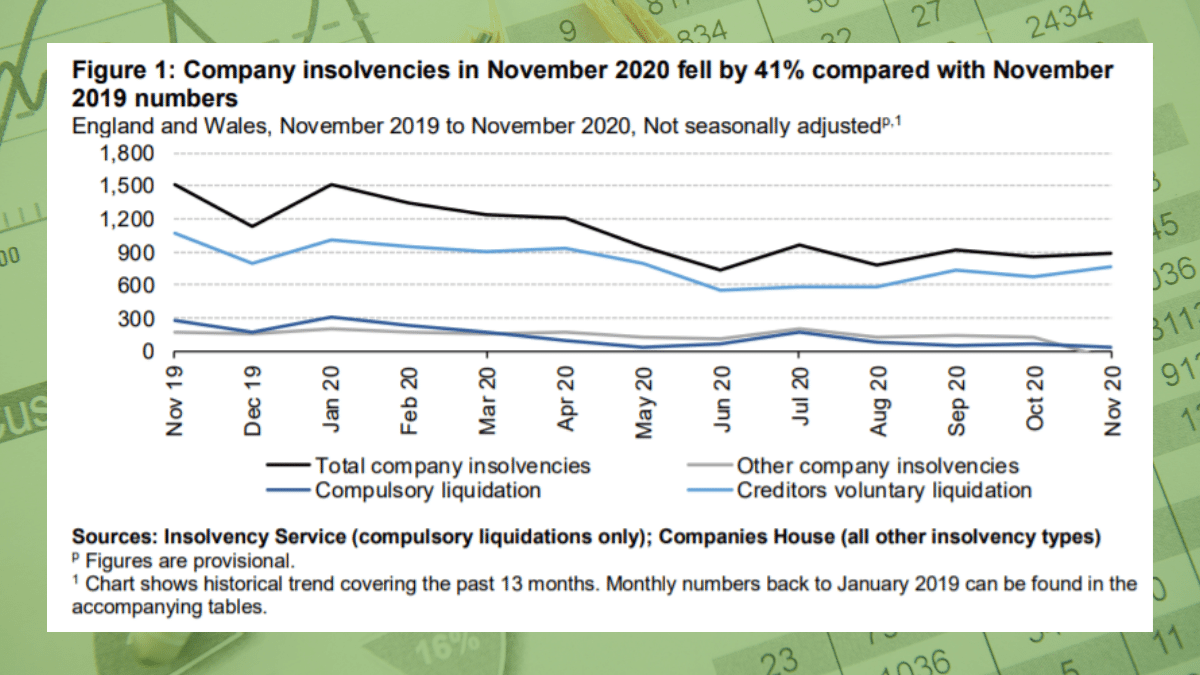The Greatest Guide To Insolvency Practitioner
The Greatest Guide To Insolvency Practitioner
Blog Article
The Ultimate Guide To Insolvency Practitioner
Table of ContentsThe Best Guide To Insolvency PractitionerRumored Buzz on Insolvency PractitionerThe Of Insolvency PractitionerLittle Known Questions About Insolvency Practitioner.The Only Guide to Insolvency PractitionerNot known Details About Insolvency Practitioner The smart Trick of Insolvency Practitioner That Nobody is Talking About
Insurance coverage is checked and managed by state insurance coverage departments, and among their primary purposes is protecting insurance policy holders from the risk of a firm in monetary distress. When a company goes into a period of monetary difficulty and is unable to meet its obligations, the insurance policy commissioner in the company's home state launches a processdictated by the laws of the statewhereby efforts are made to help the company reclaim its financial footing.If it is figured out that the firm can not be restored, the firm is stated financially troubled, and the commissioner will ask the state court to get the liquidation of the business. [Back] The insurance coverage commissioner, either assigned by the governor or elected, heads the state insurance policy division and displays and controls insurance policy activity within the state.
By obtaining control of a business, the commissioner (or the insurance policy department) is, by legislation, the rehabilitator or liquidator of the business. In this capacity, the commissioner or department takes control of the company's procedures. Rather than do so directly, the commissioner might maintain a special deputy receiver to oversee the firm's activities.
Insolvency Practitioner for Dummies
The receiver manages a bookkeeping of the firm's possessions and responsibilities and carries out the estate of the business. In doing so, the receiver seeks to maximize the business's assets, move them to money, and afterwards disperse that cash money to creditors having legitimate insurance claims against the insurance company according to payment priorities specified by state legislation (in all states, policyholders are concern plaintiffs whose insurance claims are paid before those of basic creditors).
All insurer (with restricted exemptions) accredited to market life or health insurance or annuities in a state should be members of that state's warranty association. The warranty organization coordinates with the commissioner and the receiver in pre-liquidation preparation. As soon as the liquidation is gotten, the warranty organization supplies insurance coverage to the firm's insurance holders that are state citizens (as much as the levels defined by state lawssee listed below; any kind of advantage amounts over the warranty asociation advantage degrees become claims versus the business's staying possessions).
A Biased View of Insolvency Practitioner
The above protection levels apply independently for each and every financially troubled insurance firm. [Back] When an insurance firm fails and there is a deficiency of funds needed to satisfy the responsibilities to insurance holders, state guaranty associations are turned on. Guaranty organizations have two primary sources of financing when providing coverage to policyholders. Warranty organizations have subrogation civil liberties to a proportionate share of the assets remaining in the fallen short insurer.
Second, insurance firms doing service in that state are examined a share of the quantity needed to meet the portion of the warranty organizations' covered claims not or else moneyed with estate assets. The amount insurance firms are analyzed is based on the quantity of premiums that they gather in that state. The National Organization of Life and Wellness Insurance Policy Warranty Associations (NOLHGA) is made up of the life and wellness insurance policy guaranty associations of all 50 states and the Area of Columbia.
NOLHGA develops a job force of representative warranty click for more associations to function with the insurance commissioner to develop a plan to secure policyholders.
Some Known Facts About Insolvency Practitioner.

Anticipating security by helping you select the right consumers and the ideal markets to avoid uncollectable bill in the first place, thanks to intense monetary evaluation. In-depth market intelligence, giving you with 360-degree presence on service fields and impending problems. It would be a simplification to assume a profession credit history insurance coverage begins and my company finishes with costs and pay-outs.

The Facts About Insolvency Practitioner Uncovered
Why does a business get in into bankruptcy? There are a number of factors why a business might enter right into bankruptcy.
Other reasons for insolvency consist of scams, mismanagement, and unexpected prices. When a company ends up being insolvent, its properties are used to repay its debts. This can have a significant influence on the service, as it might no longer have the ability to proceed operating. Bankruptcy can also bring about job losses and the closure of services.
The Buzz on Insolvency Practitioner
The company may be required to market assets, lay off team or even shut down. Financial institutions might be left out of pocket and the business's investors might see their investment vanish.
This can happen for a variety of factors, including inadequate economic monitoring, unanticipated costs, or a change on the market. If a company is bankrupt, it may be forced to close down or sell assets to pay financial institutions. This can have a significant influence on the company, employees, and investors.
Why does a firm get in right into insolvency? There are a number of factors why a business might enter into bankruptcy.
Insolvency Practitioner Can Be Fun For Everyone
Various other reasons for insolvency consist of scams, mismanagement, and unforeseen expenses. Bankruptcy can likewise lead to task losses and the closure of services.
The company may be this post compelled to sell properties, lay off staff or also close down. Creditors may be left out of pocket and the firm's shareholders may see their financial investment go away.
Report this page